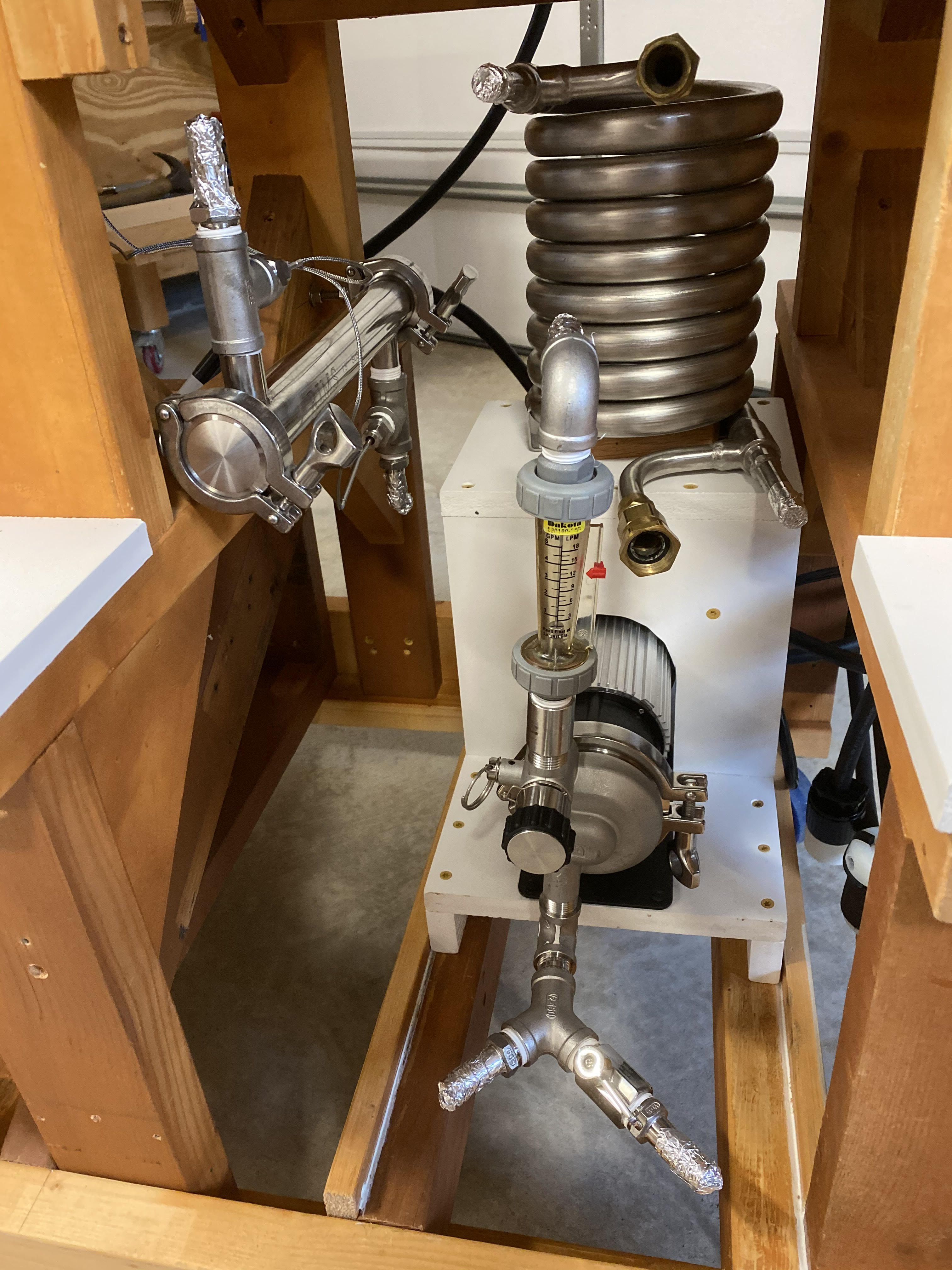Going to a conical fermenter (with CO2 blanketing), definitely. It gives you opportunities to make several step change improvements: easy dumping of break/trub (eliminating need for secondary, if you go that way); capturing yeast; very low oxygen operations (dry hopping (e.g. w/purging), sampling, and transfers (using closed loop gravity filling); easier temp control (with heat transfer coil and heating blanket); and probably several items that I haven't listed. Some of the above are hybrid processes involving other items, but you gotta have the conical to make them happen.











































![Craft A Brew - Safale S-04 Dry Yeast - Fermentis - English Ale Dry Yeast - For English and American Ales and Hard Apple Ciders - Ingredients for Home Brewing - Beer Making Supplies - [1 Pack]](https://m.media-amazon.com/images/I/41fVGNh6JfL._SL500_.jpg)















